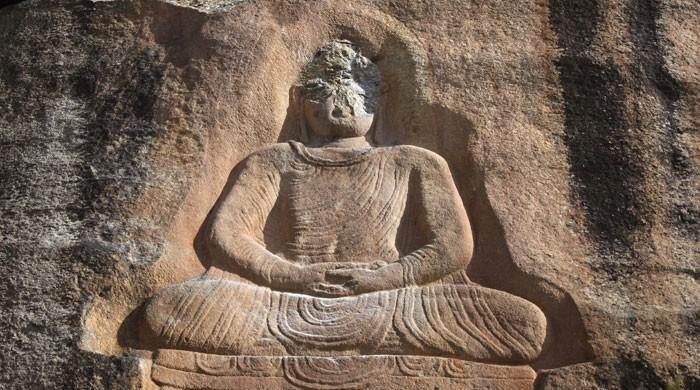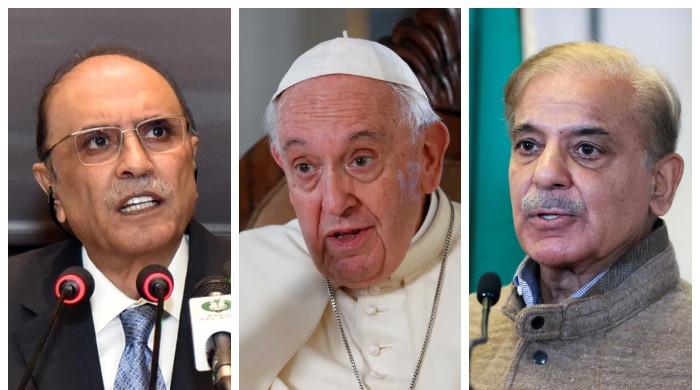Historic Buddha statue in Swat restored nine years after Taliban destroyed it
The Italian Archaeological Mission in Pakistan, helped along by the locals, has been able to restore the Buddha after Taliban attacked it in 2007
November 14, 2016

JAHANABAD: The iconic 7th-century Buddha statue in Jahanabad, Swat, which was defaced by the Taliban nine years ago has finally been restored to its original form by a team of Italian archeologists.
The Italian Archaeological Mission in Pakistan, helped along by the locals, was able to undo the damage inflicted by the Taliban militants in September 2007 after four years of hard work.
The militants had blown up the iconic statue's face by inserting explosives and damaged the shoulders and torso by drilling holes into the structure. The act had sparked worldwide ire, especially among the Buddhist community, historians and archaeologists.
The Italian team started restoration work on the Buddha in 2012, employing latest 3D technology and restoration and 3D experts.
Historic significance of the Buddha
The meditative Buddha statue, dating back to 7th century, is considered to be the biggest such structure carved in stone in South Asia. Towering at 21 feet long and 12 feet wide, the statue is an icon of the Gandhara art – a style of Buddhist visual art that developed in what is now northwestern Pakistan and eastern Afghanistan between the 1st century BCE and the 7th century CE. There are around 20 sites in the Swat valley with ancient historical significance.
The statue at one time drew a large number of tourists to the Swat valley, including Tibetan pilgrims and archaeology enthusiasts. It is now hoped the restored Buddha statue would once again be able to attract people from all over the world as well as from other parts of Pakistan.











